Anyone who has an allergy to cats may quickly identify the signs of a response, including hives, sneezing, swelling, or irritated eyes. The Asthma and Allergy Foundation of America (AAFA) estimates that three in ten Americans who suffer from allergies are allergic to cats or dogs. According to the AAFA, cat allergies are about twice as common as dog allergies.
What causes allergies in cats?
Not the hair itself that most people are allergic to as is common, but a protein called Fel d 1 is the major cat allergen. This protein is found in the saliva, and they spread it to anal glands and sebaceous glands when they groom themselves. Fel d 1 is then also spread from the dander in a cat’s fur, as well as from the fur when they shed.
8 Best Hypoallergenic Cat Breeds
However, can I still have one as a pet? Maybe yes! It’s up to you and your doctor to decide what’s best for your health. Although no cats are 100 percent hypoallergenic, some cat breeds are said to produce lower levels of the Fel d 1 protein than others. Here’s our list of the 10 best hypoallergenic cat breeds
1. Devon Rex
The Devon Rex has a distinctive appearance with oversized ears, a triangular face, and big, piercing eyes. It also has short hair that is slightly curled and sheds far less than other cats. Additionally, this fur absorbs Fel d 1 and Fel d 4-containing skin oils rather than allowing them to build up on the skin or rub off into neighboring surfaces. Always wash your hands after handling a cat, and think about giving your cat a regular bath.
2. Cornish Rex
Due to its distinct coat, which doesn’t shed much or release allergen-filled oils easily, the Cornish Rex, like the Devon Rex, is friendly to persons who have cat allergies. Bathing this cat regularly will also help prevent symptoms. The Cornish Rex is thought to require even less maintenance due to its thinner and shorter coat when compared directly to the Devon Rex.
3. Oriental Shorthair
The oriental shorthair cat is stunning, with almond eyes, large ears, and an elongated face. While you’re staring, keep in mind that this cat has less dander, which means you’re less likely to get an allergic reaction. Another distinctive feature of the oriental shorthair is its short, sleek coat, which doesn’t shed as much as other breeds.
4. Bengal
Many Bengal breeders and owners confirm that the Bengal is hypoallergenic. The main defense for why they are less allergenic is that their short, pelt-like coat loses a lot less hair than the ordinary cat coat and is therefore less likely to induce an allergic reaction, even though there is no proof that they produce less Fel d1 protein.
5. Russian Bleu
Russian Blues are another breed that produces less of the Fel d 1 protein. Due to their dense, plush-looking fur, which seals allergen-filled secretions close to the skin instead of letting them land on your hands or furniture, cats are also a favorite among people who have cat allergies.
6. Sphynx
The Sphynx cat is one of the first cat breeds loved by people with allergies, because of being hairless which gives it a unique look. If you suffer from allergies a Sphynx cat would be the perfect choice for you. This is because the allergenic proteins ( Fel d 1 ) in the cat’s saliva can’t get trapped in Sphynx cat’s fur, but can buildup of proteins on their skin. So weekly baths will help prevent this from being an issue.
7. Balinese
With its long, fluffy-looking fur, the Balinese might not look like a cat that would be good for people with allergies. But because the Balinese cat has a single layer of soft fur, it sheds less than many other kinds of cats. The breed also produces lower levels of Fel d 1 and Fel d 4, making it a good choice for allergic persons who like long-haired cats’ beauty and cuddle appeal.
8. Siberians
Like the Russian Blue, Bengal, and Balinese, Siberians are also believed to have less of the Fel d 1 protein than other cat breeds. Siberians are large cats and come in many colors. Weekly brushing is necessary to keep the triple coat on these cats in good condition.
Siberian cats do shed occasionally, and daily brushing will help keep their coats healthy, especially the undercoat, and reduce allergens during this time.
Methods to reduce cat allergens in your house :
- While cleaning, wear a mask.
- Every day, clean your cat’s litter box.
- Regularly brush your cat, and after each usage, be sure to clean the hair out of the brush.
- Regularly vacuum and dust your home.
- Discuss taking an antihistamine or other medicine that can help lessen the frequency and severity of allergic reactions with your doctor.
- use an air cleaner.

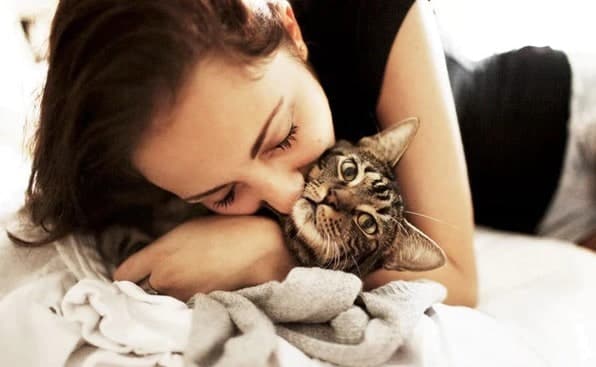
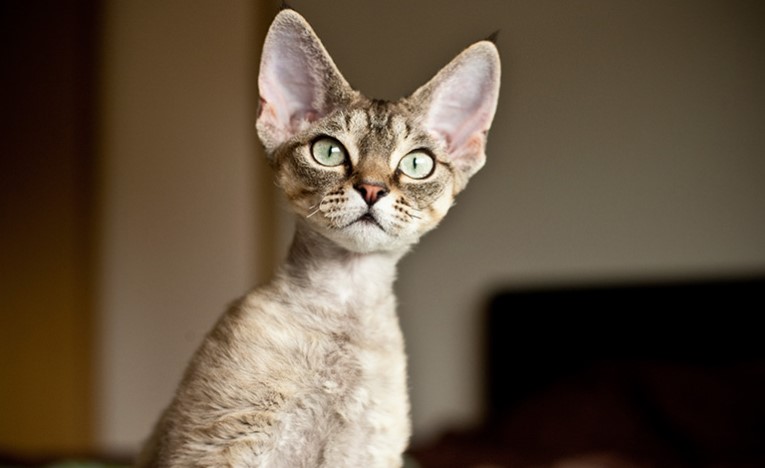
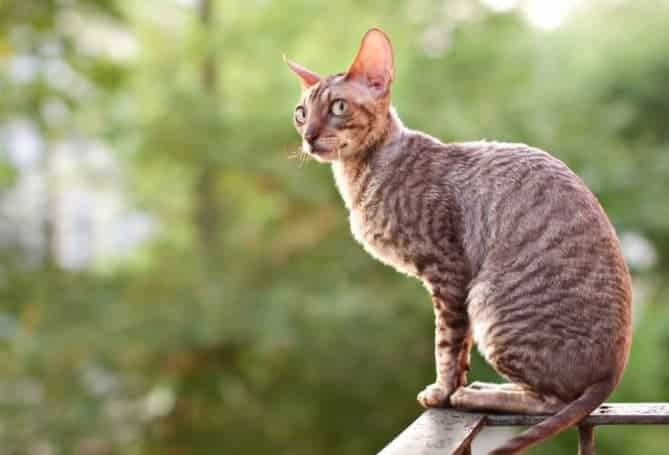
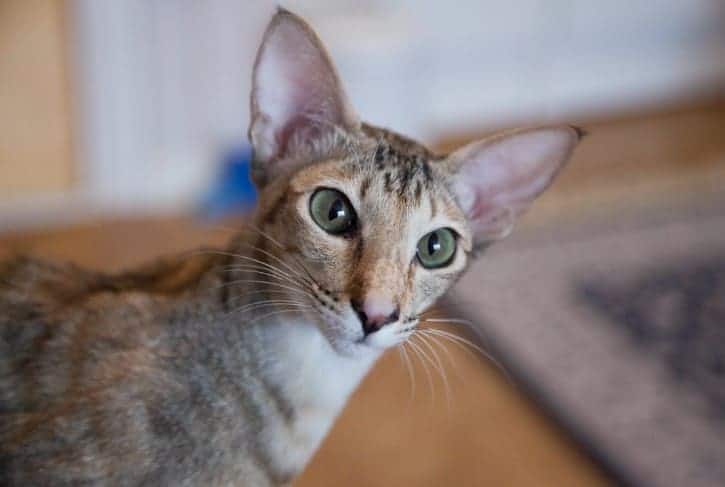
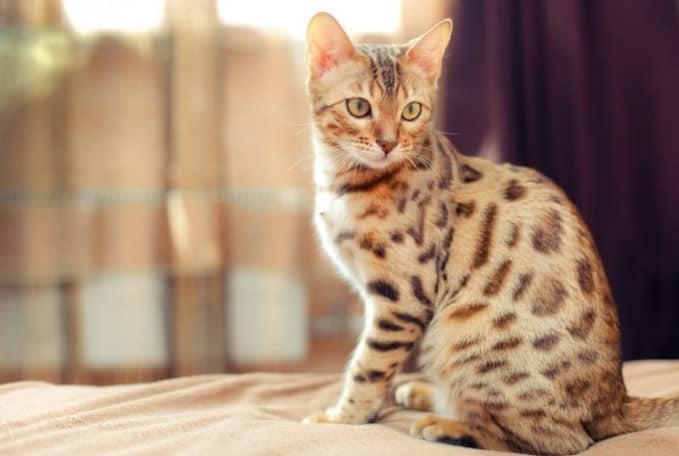
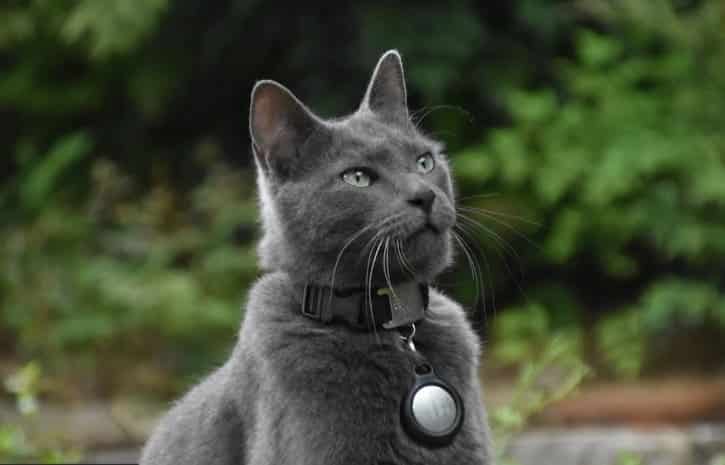
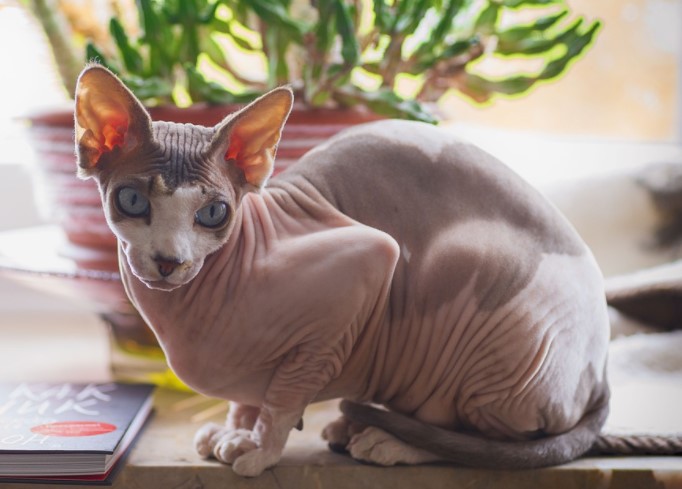

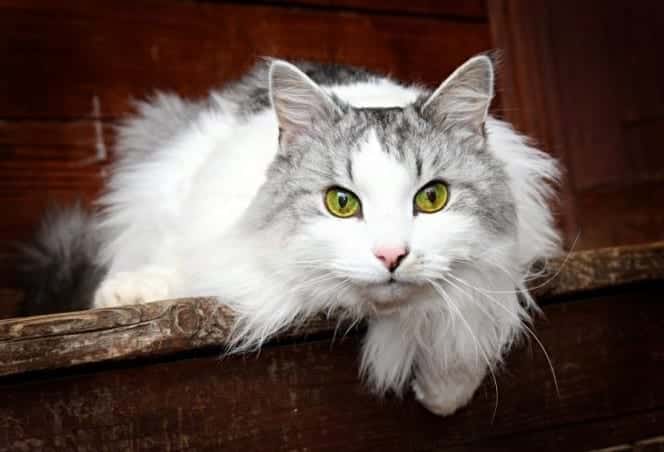
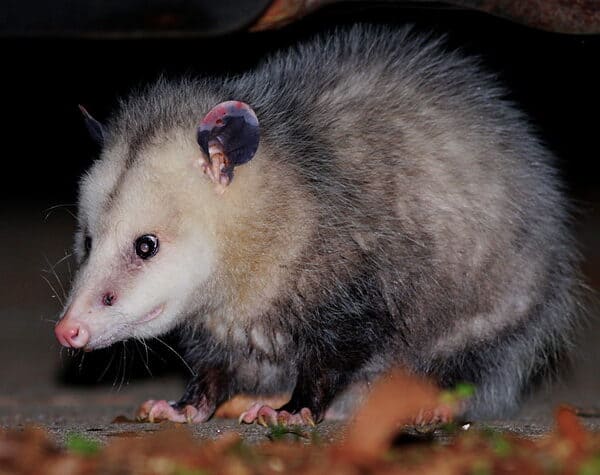
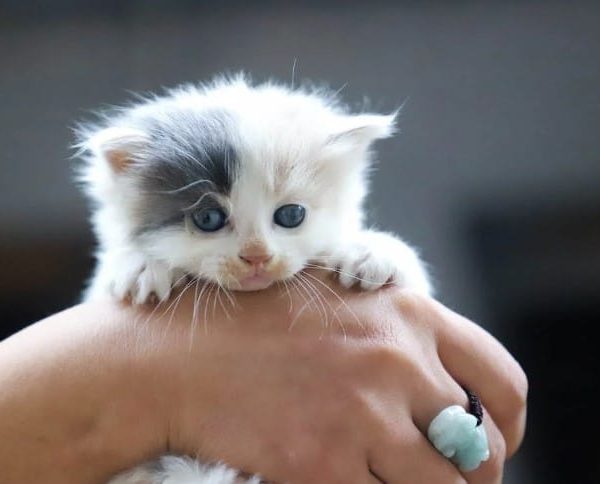
Leave a Comment